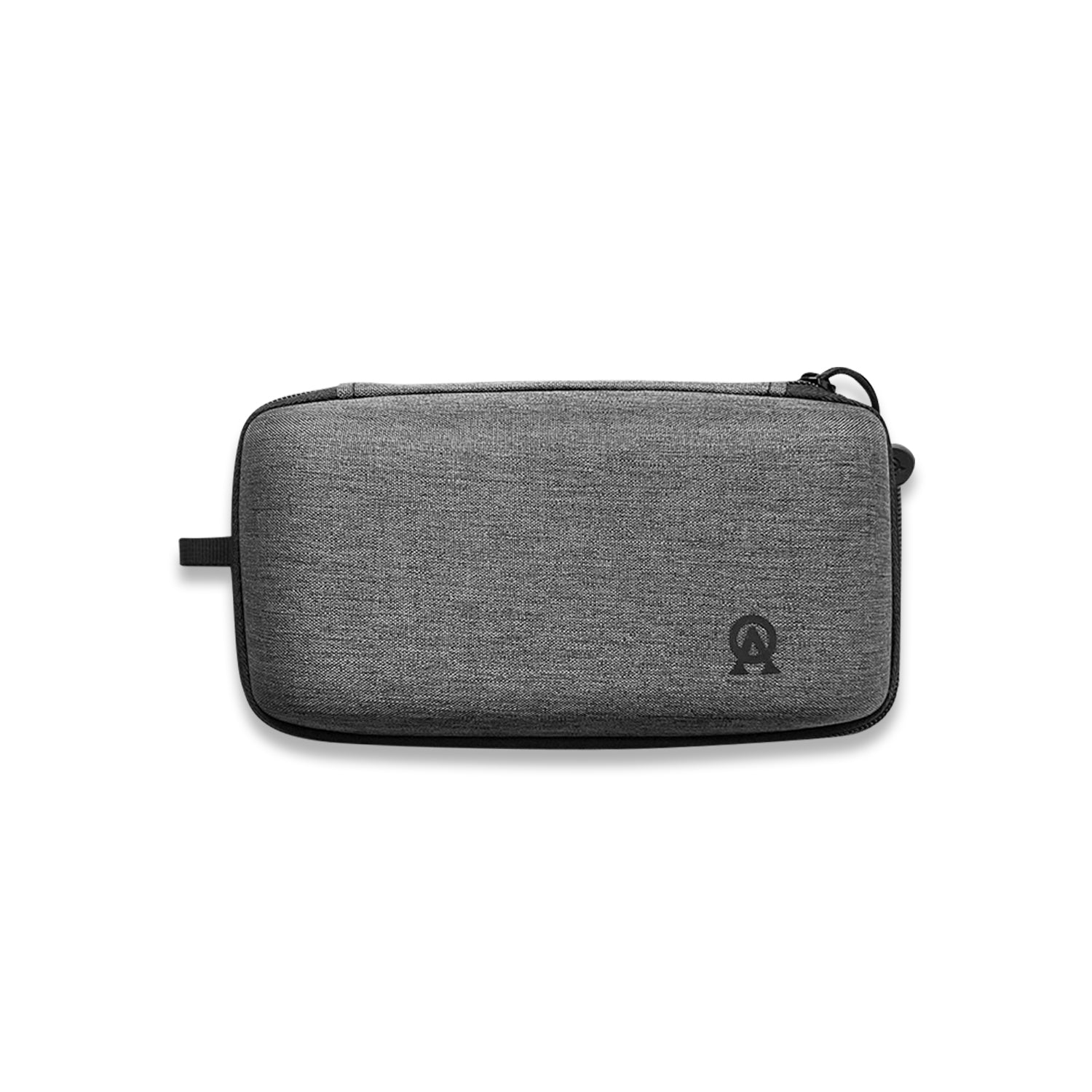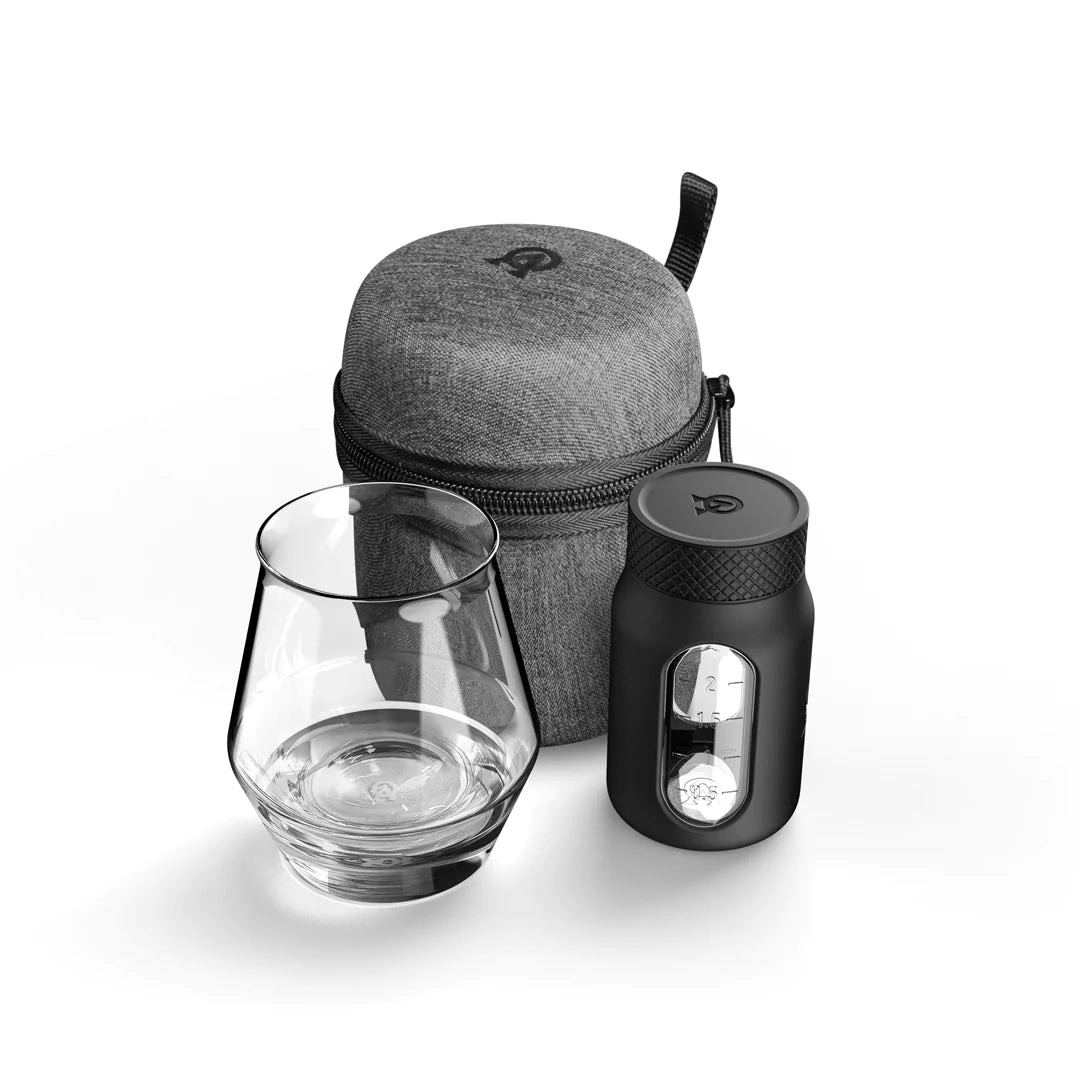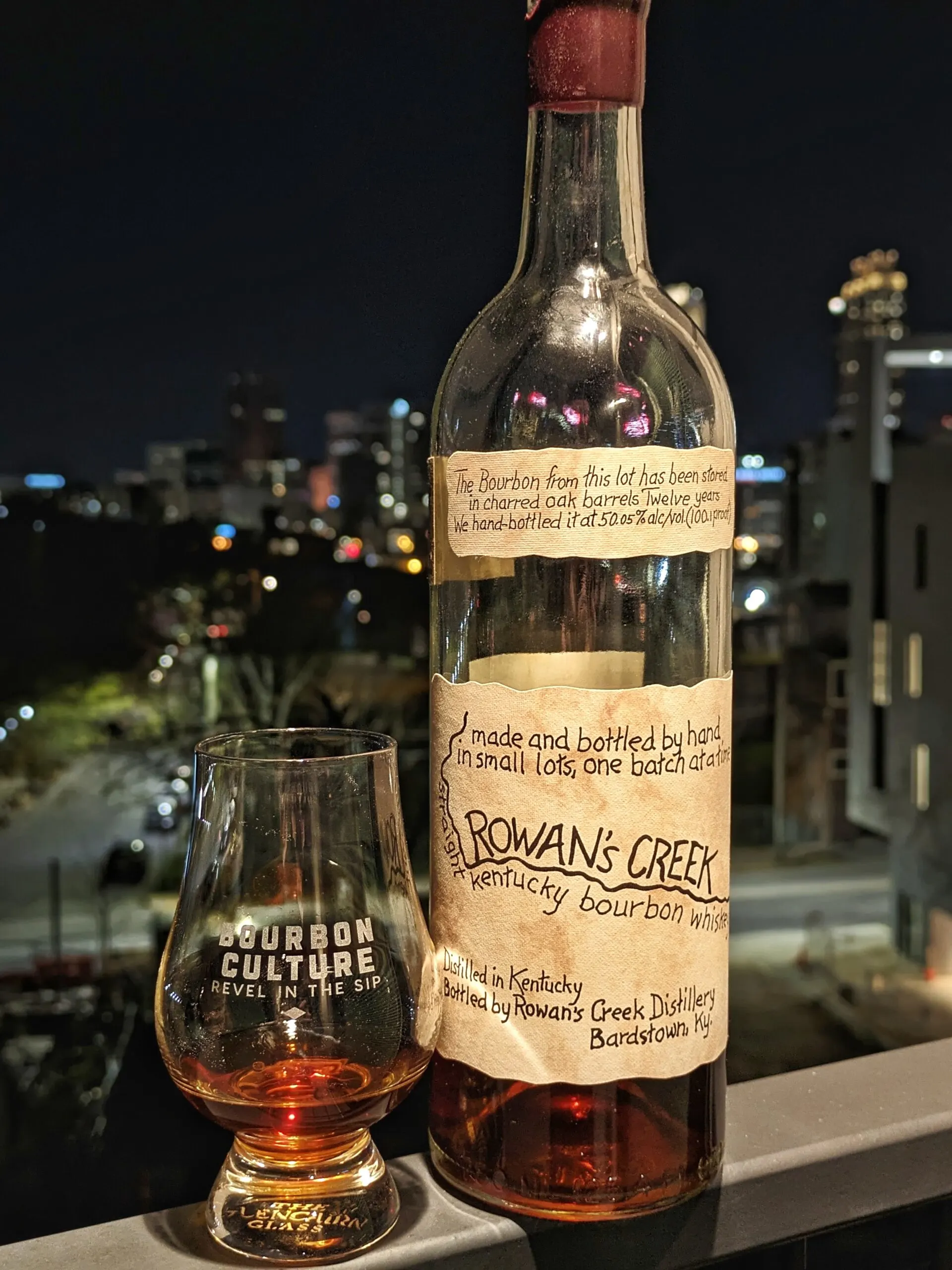| Don't like ads? | No ads |
For better or worse, Rowan’s Creek has always felt like the little brother to Noah’s Mill. Most enthusiasts know – without even looking at their labels – that Rowan’s Creek is younger and has less proof than its big brother. This has been true spanning all the way back to the 1990s when Even Kulsveen introduced the Small Batch Boutique Series.
Whenever something is viewed as the “Junior” to another product, the first thing people will think is that it’s inferior. This might be why Rowan’s Creek gets ignored so much. But has it always been this way? And has it always deserved that reputation? These are the answers I intend to explore with this review.
The early days of Rowan’s Creek
The earliest evidence I can find of Rowan’s Creek going on sale was 1997. But if you’re looking for one of these early examples, you might be confused by the hand-written numbers on the back. That’s because Kentucky Bourbon Distillers (the name Willett was known as back then) did something odd on their vintage labels. Rather than using a date or code that tells us the year it was bottled, it uses a code that tells us the year that the youngest barrel in the batch was distilled. So it’s going to require a little bit of math.

The bottle I am reviewing today has a hand-written batch number “E-2-85.” Since vintage Rowan’s Creek was originally designed to be a 12 year old product, this would indicate it’s one of the first batches to be released.
Just like most vintage KBD products, Rowan’s Creek was assumed to have a good amount of older barrels in the blend. And there are lots of old posts on Straightbourbon where people seem to agree that original barrels distilled at the Willett distillery in the 1970’s ended up in the blend.
Hearing that early batches of Rowan’s Creek likely contained 20+ year old bourbon that was distilled at Willett blew my mind. I think it’s obvious that what’s in the bottle isn’t entirely made at Willett, but just the fact that some of the last stocks of Willett distillate from the 1970s have graced the insides of this bottle seems special.
Understanding what made old Willett bourbon unique
If you’re like me, you’re probably surprised to hear that KBD labels in the 90’s may have contained original Willett bourbon distilled in the early 1970s. Chuck Cowdery reported that public records from 1997 showed for the first time there were no more barrels of Willett-distilled bourbon in any bonded warehouse in Kentucky. But that doesn’t take into account if the barrels were dumped into storage tanks.
You may be wondering “just how much original Willett bourbon was there to begin with?” Based on what I’ve read, the old distillery grounds had largely been razed by the mid-80’s except for four warehouses with original barrels of Willett bourbon still inside. This bourbon would serve as the bedrock for early products as the Kulsveen’s pondered the future of the old distillery grounds.
As time went on, they began to backfill the warehouses with sourced barrels from other distilleries. Whatever was left from the original barrels was likely tanked shortly thereafter to prevent over-oaking. From there, they’d use the tanked bourbon as needed in their batched products.

So how would we even know if a particular product from that time contained original Willett bourbon? I just so happened to find another gem on Straightbourbon where a user provides information from Willett’s master distiller, Charles (Charlie) Thomasson, during the 1960’s who laid out what a traditional bourbon should taste like.
He said it had to have bouquet, a good body from a grain-rich mash bill and a taste which disclosed fruity-like notes. He spoke of a “ripe apple” taste.
I don’t think it’s a leap to assume that this is the profile he was aiming for when he distilled bourbon for Willett. The commenter also lays out what he believes to be the taste profile of Heaven Hill (where I would assume a majority of Willett’s sourced barrels came from since the 80’s) and how it is distinctly different from the OG Willett juice. The bottom line is that there are distinct profile differences between Heaven Hill and Willett bourbon.
Now that we have a better understanding of what original Willett bourbon may have tasted like (floral/bouquet, fruity and where the grain can be detected), let’s see if I can pull out any notes that might validate it. I’m extremely new to dusty KBD products, so I’m unsure what to expect. Thanks to a generous reader of mine, I have been given a chance to experience this for the first time. Let’s see what it’s like. I sampled this neat in a glencairn.
Tasting Notes
Nose: Butterscotch for days. Behind it is a light floral bouquet that opens up. I would have never expected that on a bourbon as old as this. Afterwards, other sweet aromas come forward like Crème brûlée, toasted marshmallow and bread pudding. Strangely, what started out as the scent of brandy-soaked raisins transforms into the smell of Sherry wine (?!). Antique wood notes are lighter than a previous KBD bourbon I tried (like Old Kentucky No. 88) but that doesn’t mean it doesn’t smell like it has some serious age to it.
Palate: If I thought the nose was crazy, the palate is even crazier. One of the first things that my taste buds relayed was a characteristic malt whiskey flavor – almost like a really rich, non-peated Scotch. Then the oak comes in behind that flavor and gives it a unique accent. This may be one of the more light-bodied dusties I’ve had in this proof range. There are candied fruit notes (like the hard candies your grandma used to have around the house). Fruit flavors remind me of figs, cherries, apricots and plums. A floral flavor transcends everything. Along that same line, I swear I’m picking up on Rose Petal Tea and some wildflower honey.
Finish: Light in some regards. The oak now shares the spotlight with smokey ash. It doesn’t dry out my mouth, but it is somewhat simple. Licorice notes linger and there is a light spice. Like I say with most dusty bourbons I’ve had the pleasure of drinking, the finish is totally unlike any other finish on a modern-day bourbon. It’s incredible to partake. The mouthfeel after the sip is foreign to me. It’s slick and cool. Not “menthol cool,” but almost like the opposite of a spice heat. It’s hard to describe but hard to forget.
Score: 8.6/10
I have a problem describing most glut-era dusties (80s and 90s) when it comes to telling them apart from one another. One reason revolves around the amount of old barrels that producers were having to blend into their batched products. After all, they had nowhere else put them. This results in a lot of products being very oak-driven with a very mature sweetness and little spice/heat. But after tasting this bottle of Rowan’s Creek, I can see my assumption was naive.

This bottle stands out for being so different. It’s not over-oaked at all. Instead, the lighter notes being so visible took me by surprise. How could something so old have a profile so fresh and fruity? How do cereal-grain notes still manage to stick out? I’m not saying this is young at all, it’s just that for the maturity of the barrels used in this product, it’s completely contradictory to how it tastes. It has left me stunned.
Final Thoughts
One of the things I struggle with is rating bottles like this. They’re so rare and they’re never going to be made this way again. So when I look at my rating scale index at other bottles I’ve rated an 8.6, I feel like I’ve given this one too low of a score. In fact, if you set this bottle down with any other bottle I rated an 8.6 to and asked me to pick just one, I’m picking this bottle every time.
Time travel may never be possible, but sipping some of this bourbon may be close enough to it. I fear that too many modern-day distillers are making products that are too similar to each other and they will never be able to recreate what I just tasted in this bottle. So if it’s total experiences you seek, find a way to get a pour from bottles like this. Nothing else compares to them.
Featured Products
- Neat Traveler

- View Larger
- Description:The Aged & Ore Neat Traveler is a complete travel kit for spirits. We combined our widely praised Neat Glass with one of our 3oz Flight Bottles and housed them together in a custom EVA travel case. Perfect for a night away with your favorite pour. The tie
- Bottle Flight

- View Larger
- Description:The Aged & Ore Bottle Flight is a premium set of 4 custom silicone wrapped glass bottles designed to transport and share samples of your favorite spirits. The flight bottles come in a custom EVA travel case that fits perfectly in any small bag. An Aged &
- Travel Bundle

- View Larger
- Description:This Bundle combines two of our crowd favorite products, creating the ultimate travel bundle to bring along your favorite spirits and glassware. Bundle Includes: Neat Traveler (Gray) Bottle Flight (Gray) Note: This bundle is only available in gray and col
*Bourbon Culture is reader-supported. When you buy through links on our site, we may earn an affiliate commission.

